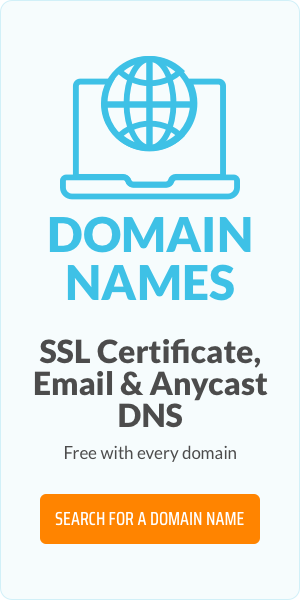How to Resolve Common Domain Transfer Problems

Domain transfers are crucial for maintaining control and maximising the potential of your online identity. They are like moving to a new house in the digital world. But what happens when this straightforward process hits an unexpected hitch?
While the process of domain transfer is usually straightforward, it's not without its challenges. Understanding these potential issues can help you navigate the process more smoothly, ensuring your domain's integrity and availability throughout the transfer.
What is a domain transfer?
A domain transfer is the process of moving a domain name from one registrar to another. Domain owners initiate a transfer for various reasons such as lower prices, better services, or enhanced features.
Key steps to prepare for your domain transfer
Before initiating a domain transfer, there are several critical steps you must undertake to ensure eligibility and readiness:
- Check domain transfer eligibility: Check that the domain is at least 60 days old or 60 days past a previous transfer, as mandated by ICANN.
- Unlock your domain: Ensure the domain is unlocked at your current registrar, allowing it to be transferred out. This usually involves changing the setting in your domain management console.
- Get your authorisation code: Obtain the Auth/EPP code from your current registrar. This code is necessary to authorize the transfer and should be kept secure.
How to identify and resolve common domain transfer problems?
Before diving into the transfer, it's crucial to be aware of the most common challenges you might encounter.
1. Domain lock: One of the most frequent issues is when domains remain locked, preventing transfer. Registrars typically lock domains to safeguard against unauthorized transfers, but this needs to be disabled before a transfer can commence.
2. Expired domain: Transferring an expired domain can complicate or invalidate the process. Always renew your domain if it is nearing or past its expiration date before initiating a transfer.
3. Incorrect contact information: Out-of-date registrant details can lead to failed communication attempts regarding transfer confirmation. Ensure all your domain registration information is current before starting the transfer.
4. DNS downtime: Incorrectly managed DNS settings during a transfer can lead to website and email downtimes. To prevent this, maintain DNS settings at your current host until the transfer is confirmed and active at the new registrar.
Best practices for a smooth domain transfer

Following a checklist of best practices can help you with a successful domain transfer. Here are some key strategies:
1. Choose a reputable registrar: Select a registrar known for reliable service and strong customer support. Look for reviews and ratings to gauge their reputation.
2. Verify registrar pricing: Understand all fees associated with the transfer and ongoing management of the domain to avoid any hidden costs.
3. Backup DNS configurations: Before transferring, make sure to backup your DNS configurations. This precaution ensures that you can restore your original settings if any issues arise during the transfer.
4. Schedule transfers during off-peak hours: Plan to initiate the transfer during off-peak hours to minimise the impact on your website’s traffic and operations.
5. Use registrar transfer tools: Many registrars offer tools that simplify the transfer process. Utilising these tools can help automate and streamline the transfer.
6. Keep communication open: Maintain open lines of communication with both your current and new registrar. This ensures that any issues can be quickly addressed.
How to troubleshoot domain transfer issues?
Even with the best planning, you might still face some hurdles during a domain transfer. Contact customer support at both the current and new registrars for assistance.
Sometimes, specific scenarios, like your registrar ceasing operations, require tailored strategies to manage the transfer smoothly.
Secure a successful domain transfer
Master domain transfers and navigate pitfalls with confidence. With the right knowledge, you'll ensure smooth transitions for your domain assets and maintain control over your online presence.
